Checking some neighboring crops in the area. |ENG||ESP|
English version.
Since many farmers have heard through the voices of our workers that I am studying agronomy, they have come to me for advice, the truth is that I will just see specialty subjects in the second semester, such as Entomology, Botany and Zoology, among other important ones. So I do not have much knowledge acquired at the university yet, the truth is that I do have knowledge from previous experience, that is to say, from the time I have been working on my crops and from researching on my own, consulting with engineers and technicians who advise us and obviously corroborating this with the engineers who give me the classes.
Of course, the little that I know I have shared with these farmers who have 10 times more time than me in the world of cash crops, however they have not been very technified like me, and have not read what each active ingredient of insecticides or fungicides is used for and I think that is their mistake.
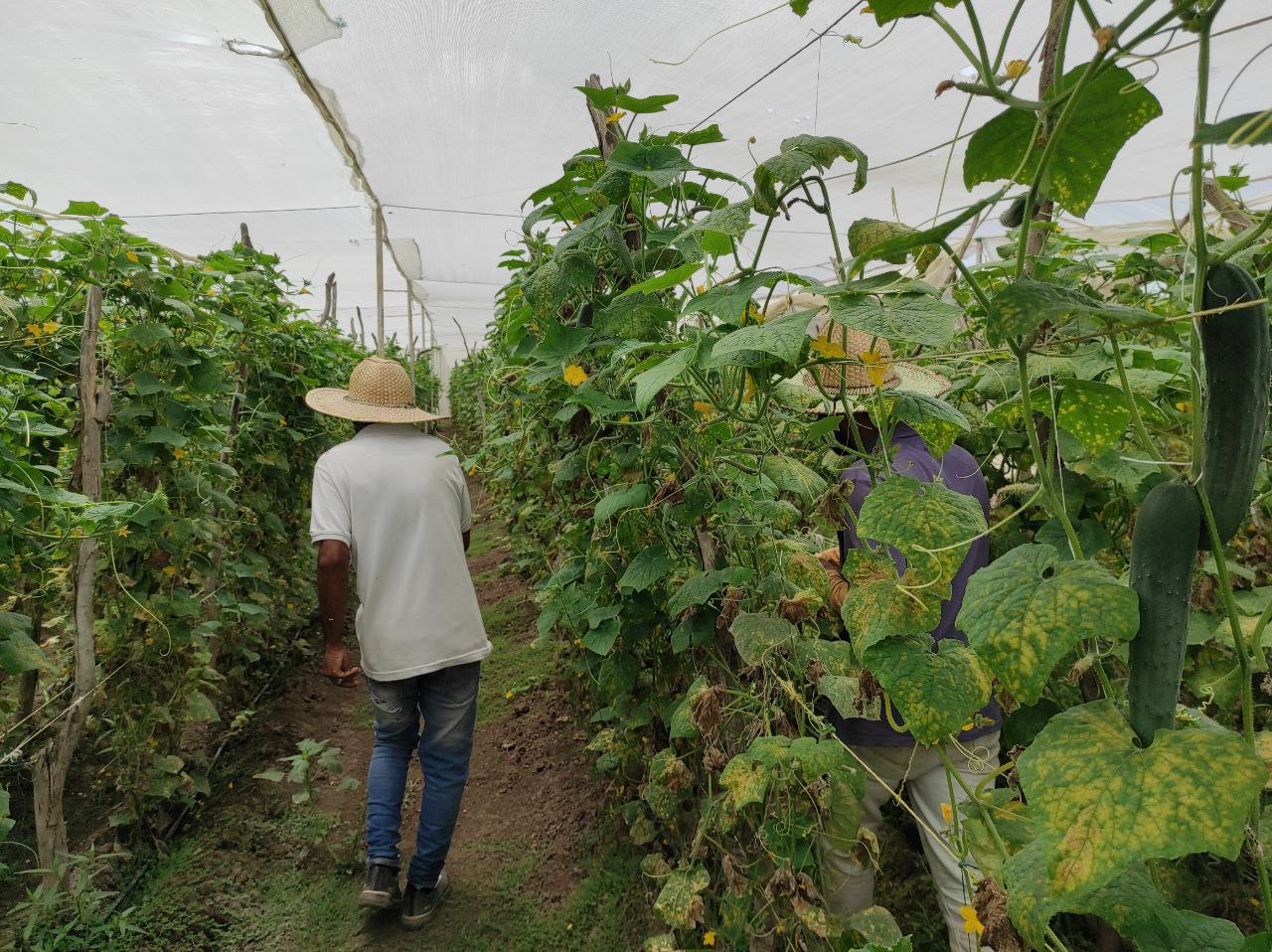
The first crop I saw was a small plot of corn, this plot had been affected by a herbicide that was applied wrongly, they were supposed to apply corn cleaner, but they applied a stronger one that affects the corn leaf, however my recommendation was to apply a little nitrogen or urea and a foliar organic product, in this case it could be worm humus or a little molasses and this is to release the stress to the plant, stress that had suffered from the herbicide.
Several weeks later it worked perfectly, however the size of the corn was small compared to others, but the plants already had a characteristic green color and looked very healthy.
I also recommended bacillus thuringiensis to fight larvae and worms, so as not to apply so many chemicals, as well as improving irrigation, because corn requires a certain amount of water, and the traditional "flood" irrigation must reach the last plants for it to be effective.
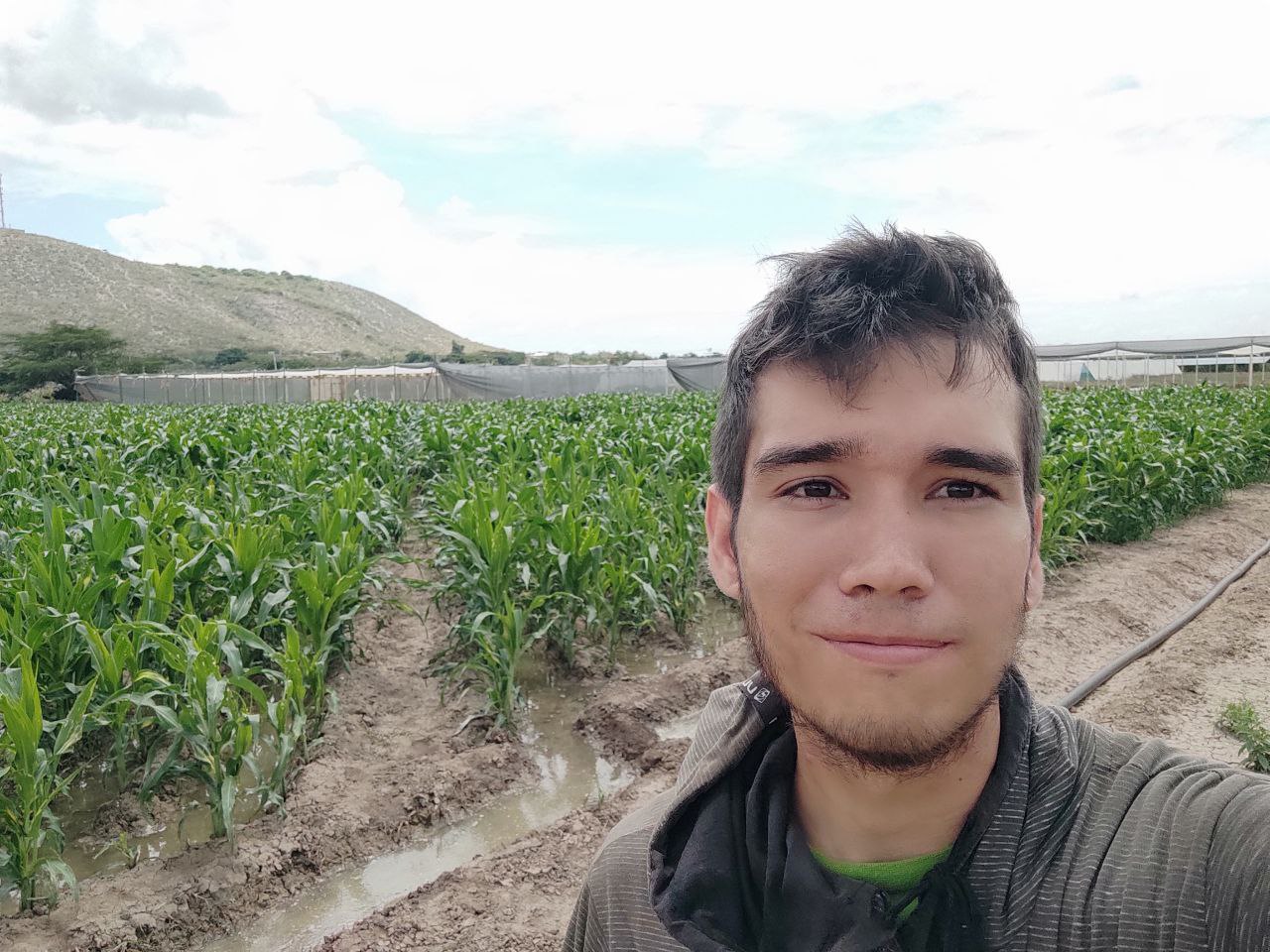
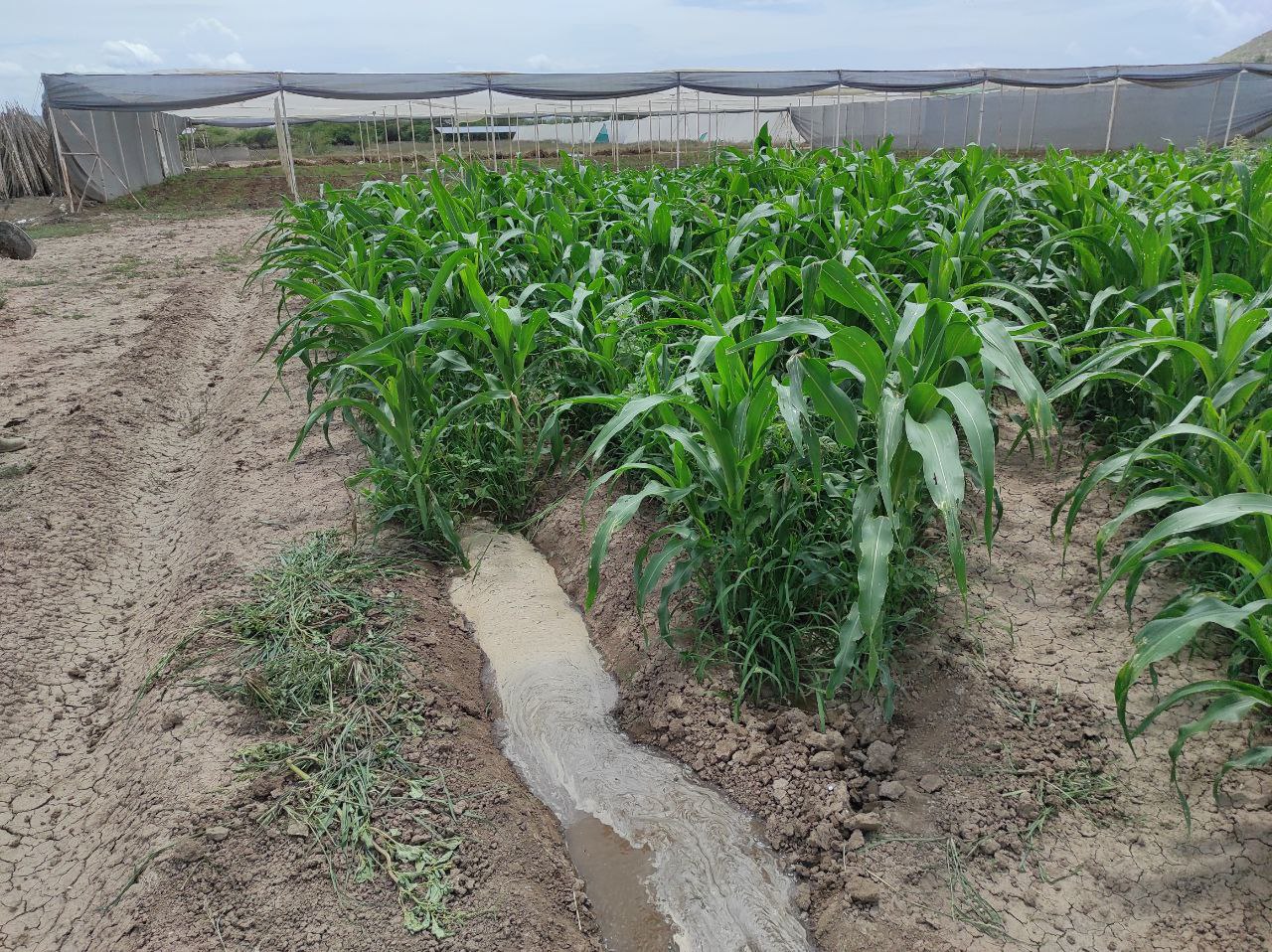
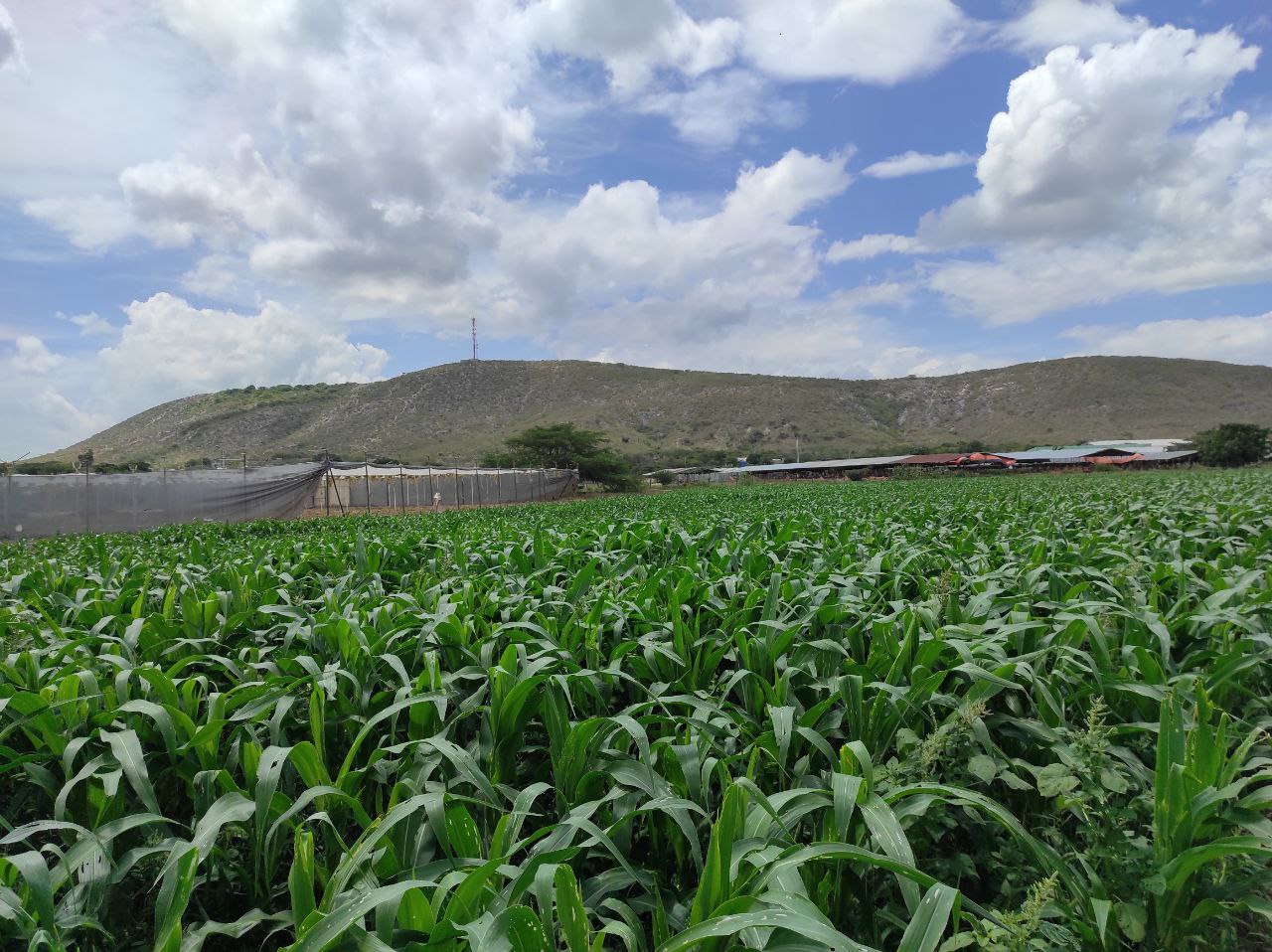
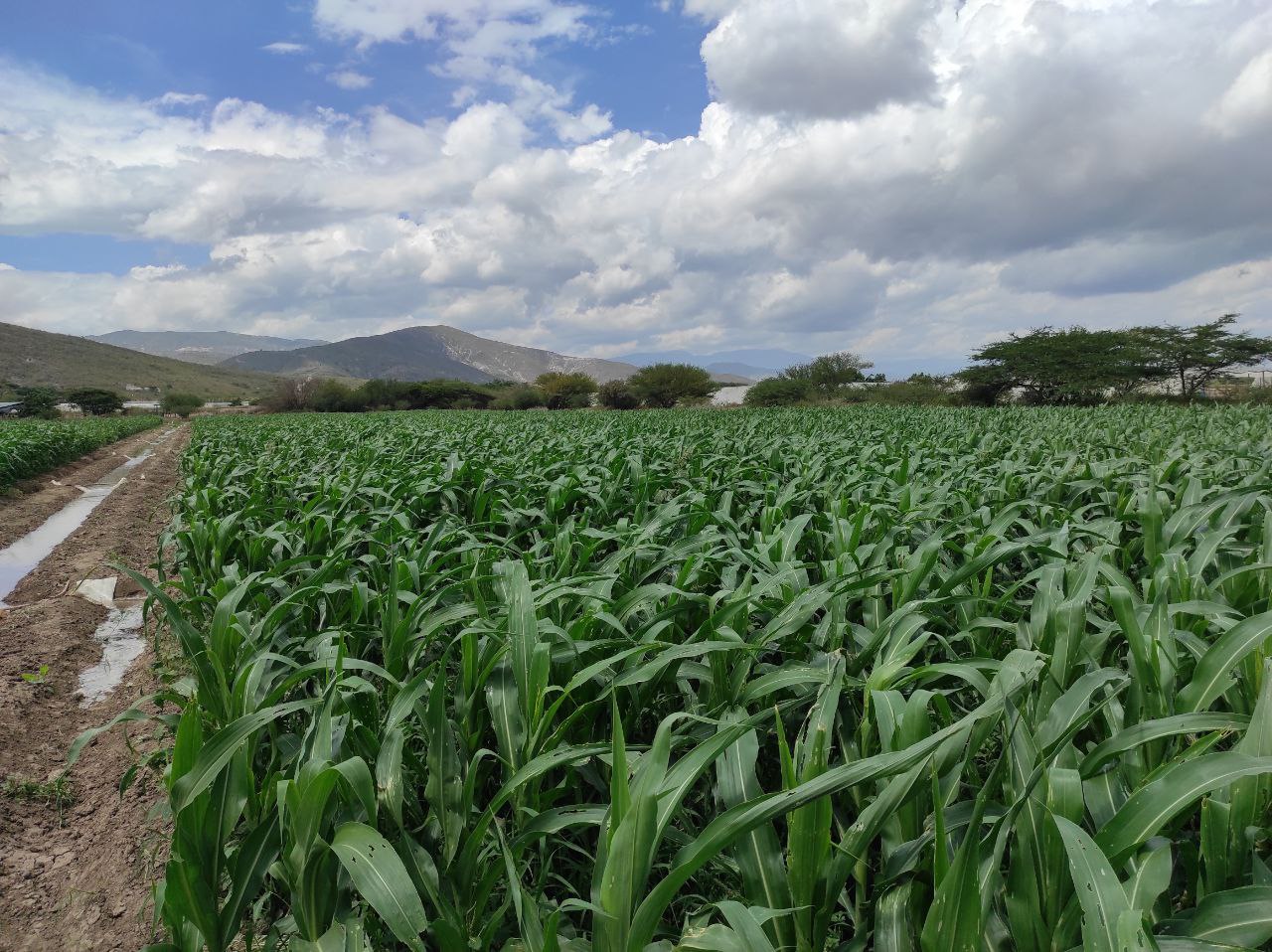

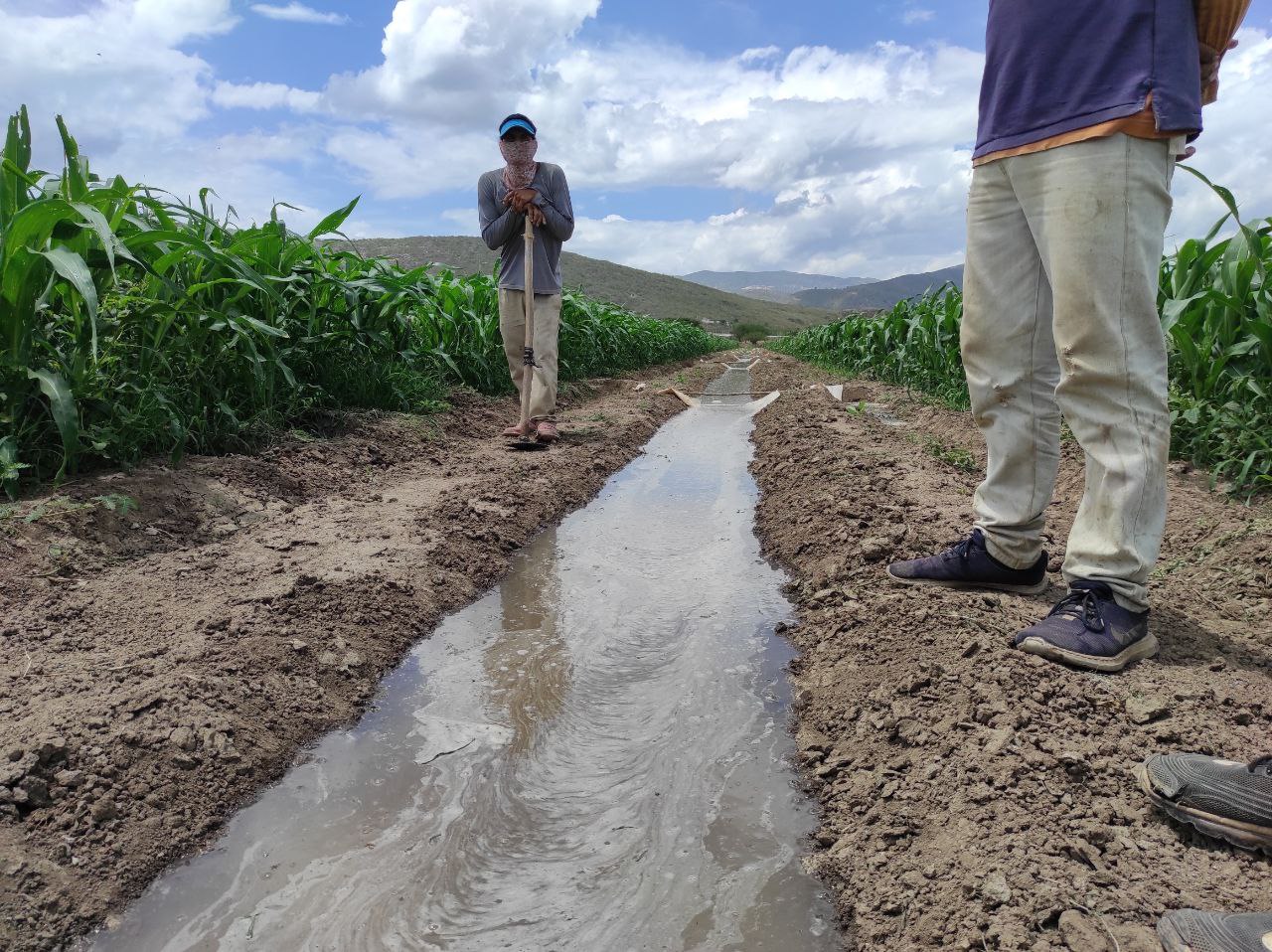
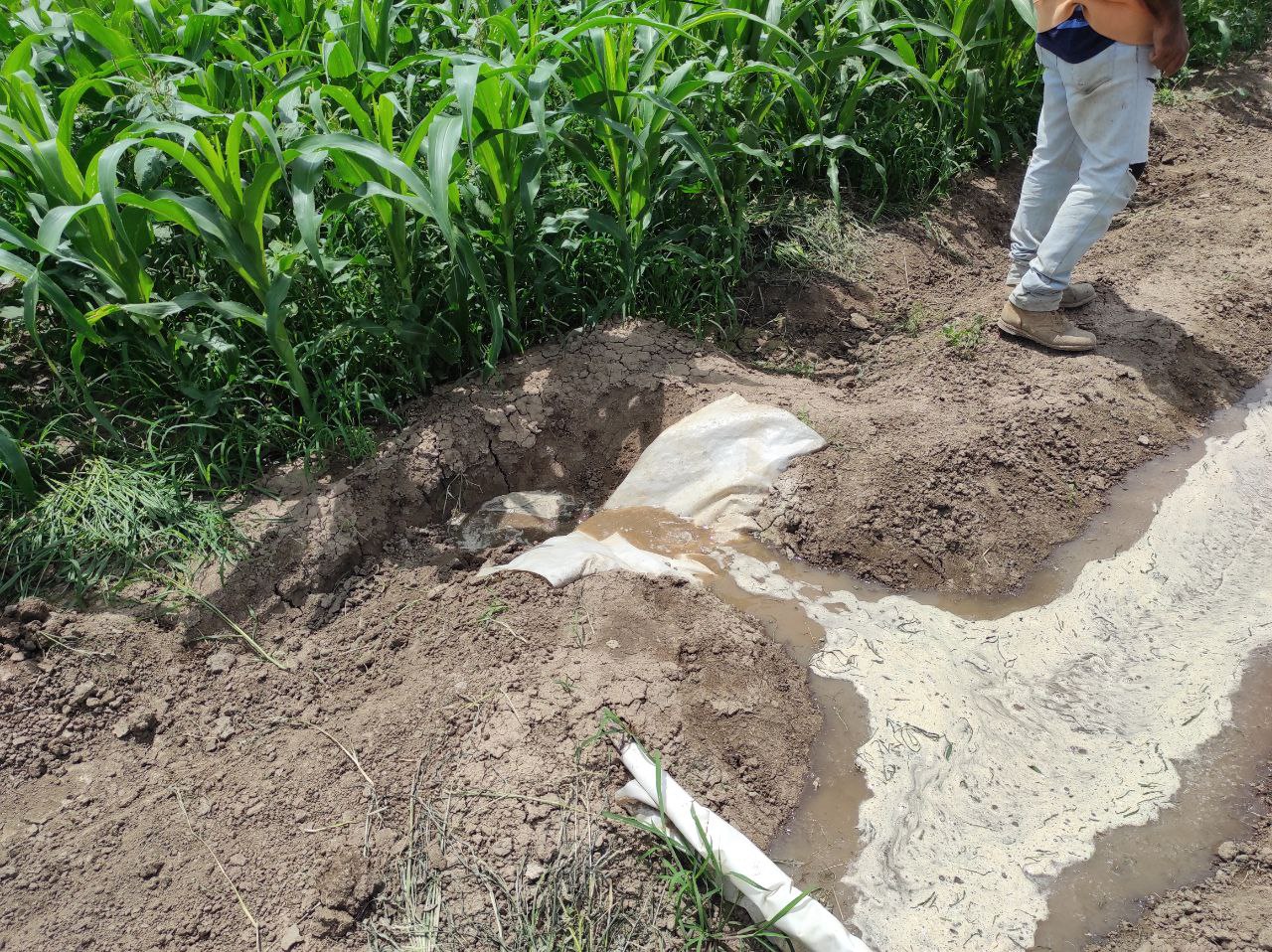
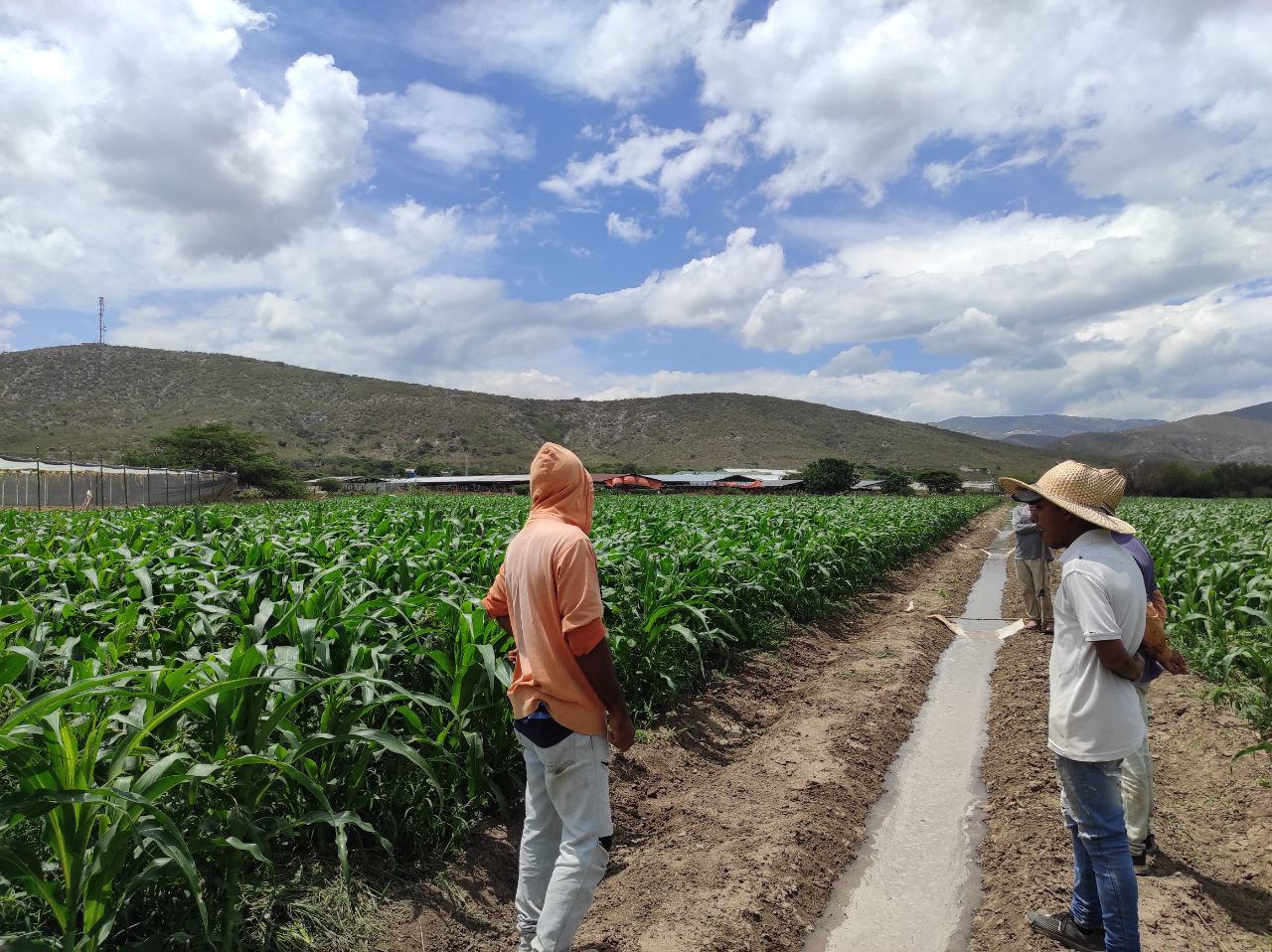
The brother of one of our workers has planted paprika and just told us to go and see it to see what we thought about it.
Honestly just by looking at it we did not need to walk far to see the fruits, they have an ideal color and size, in his first cut he got 140 baskets of 8000 plants, which is really a very good cut.
The seed is of the Hazera brand, Predator variety of second, that is to say f2 or family 2, they are seeds obtained from f1 hybrid plants.
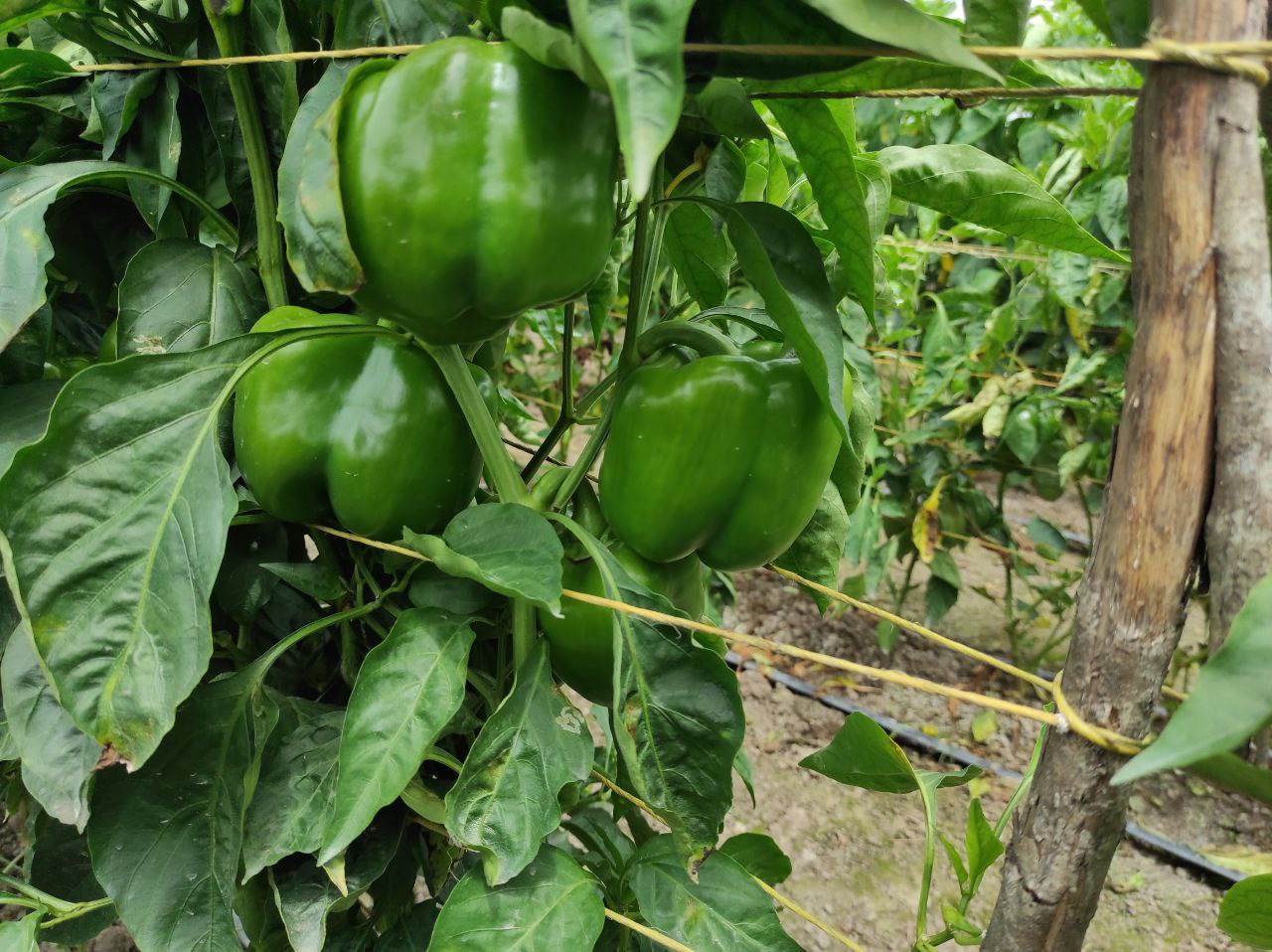
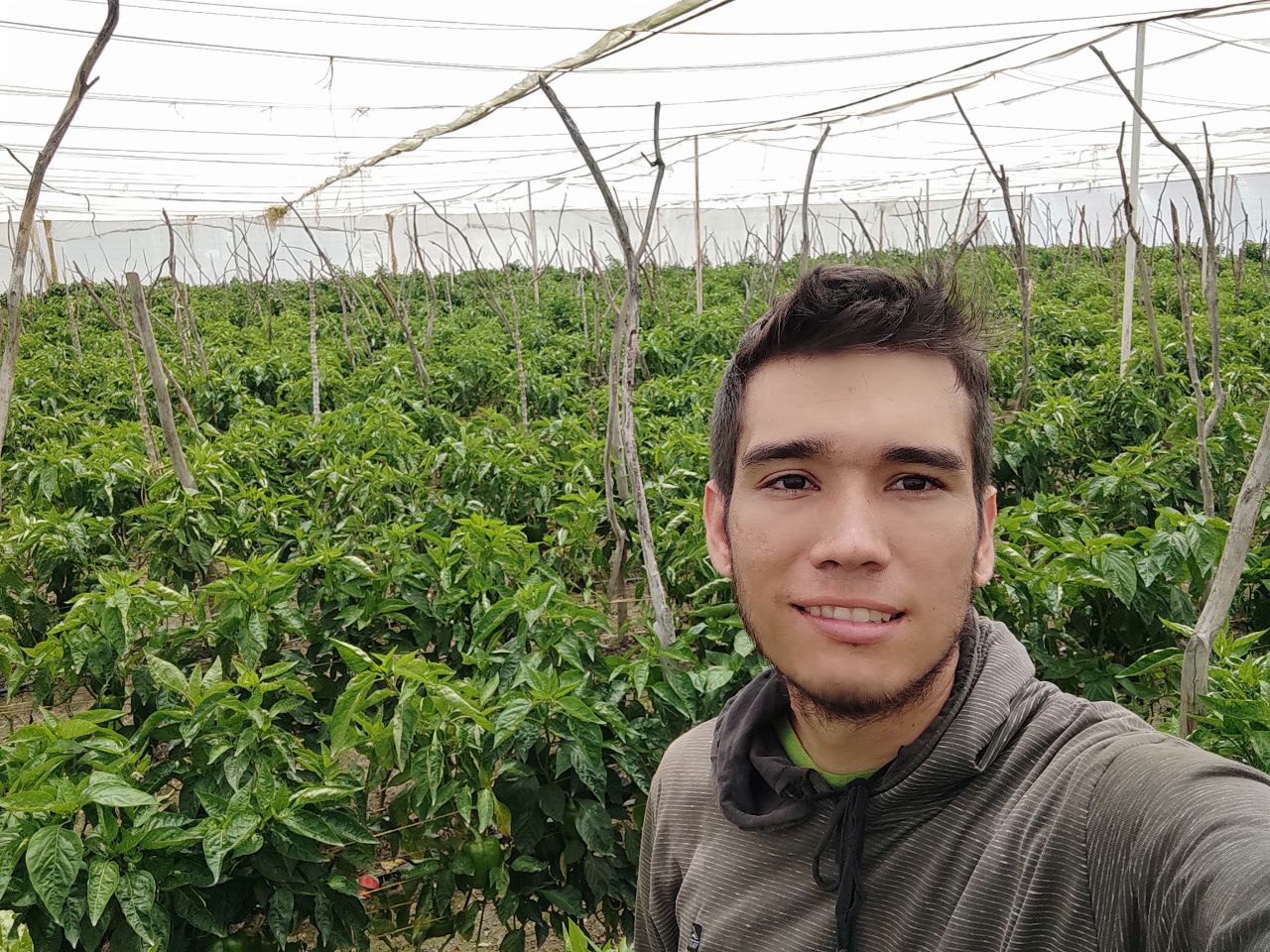
The only recommendation I gave him was to apply a fungicide for the foliar spots, since mildew is present, as well as to keep the area clean of any weeds, pick up the peppers that fall and rot, since worms can be stored there.
And apply a little foliar calcium-boron, since these soils are lacking in these microelements, besides the soils here are very saline and this prevents the ideal absorption of the plants.
This variety of paprika is known for its tolerance to viruses that largely affect this area such as TSWV, TYLCV and others. They are also very resistant to water, but its fruits are of medium size, however they have great weight.
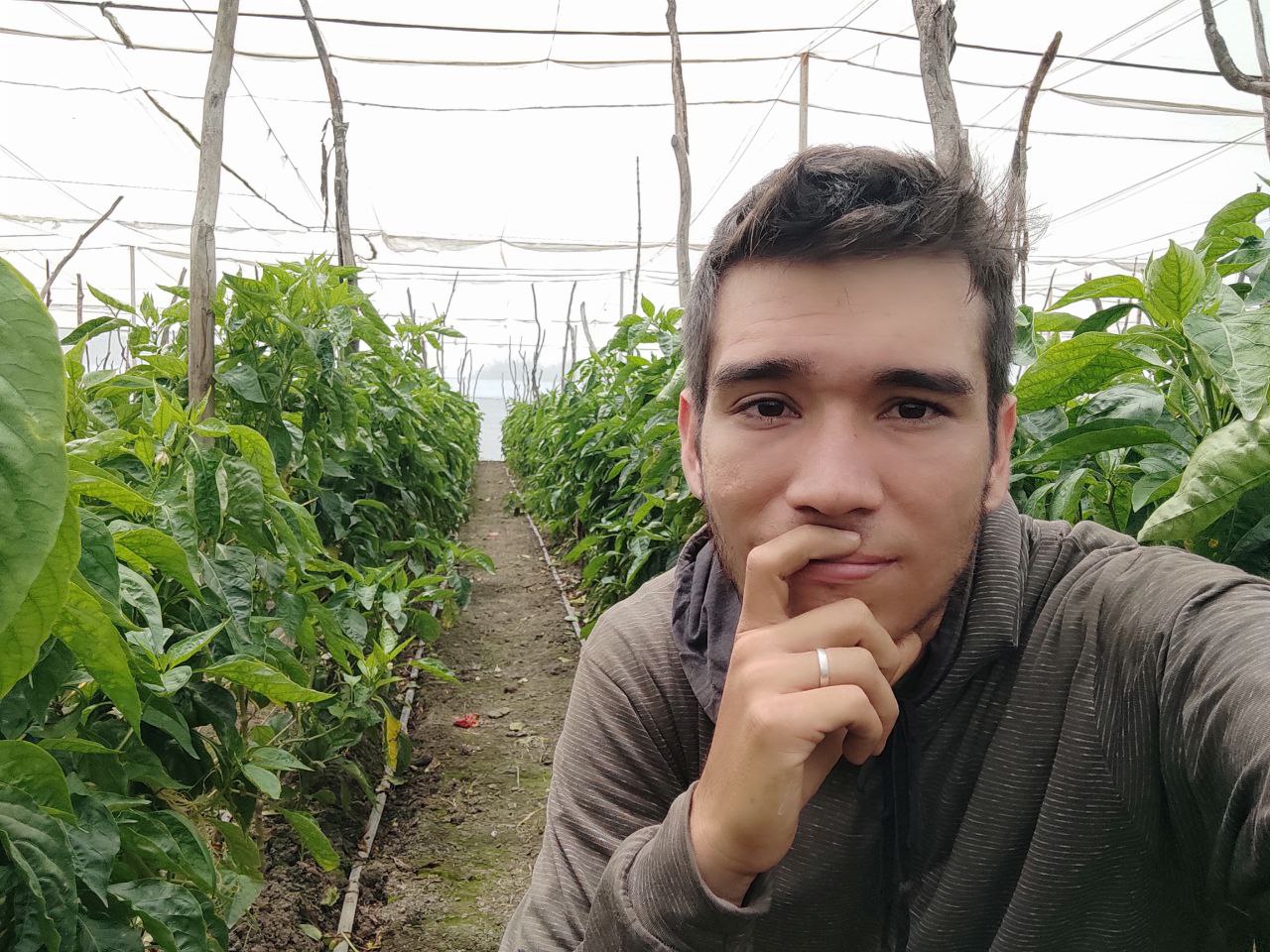
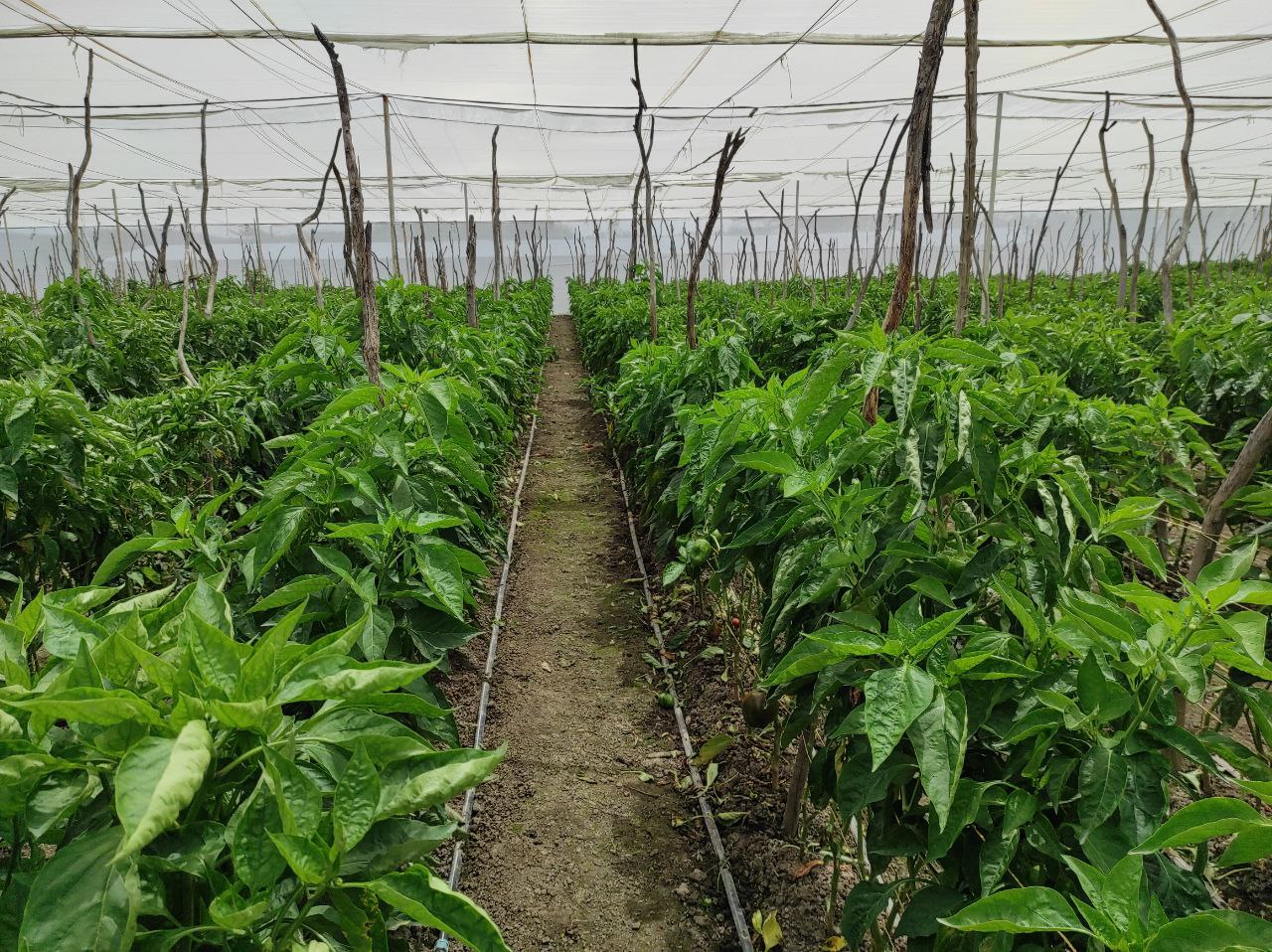
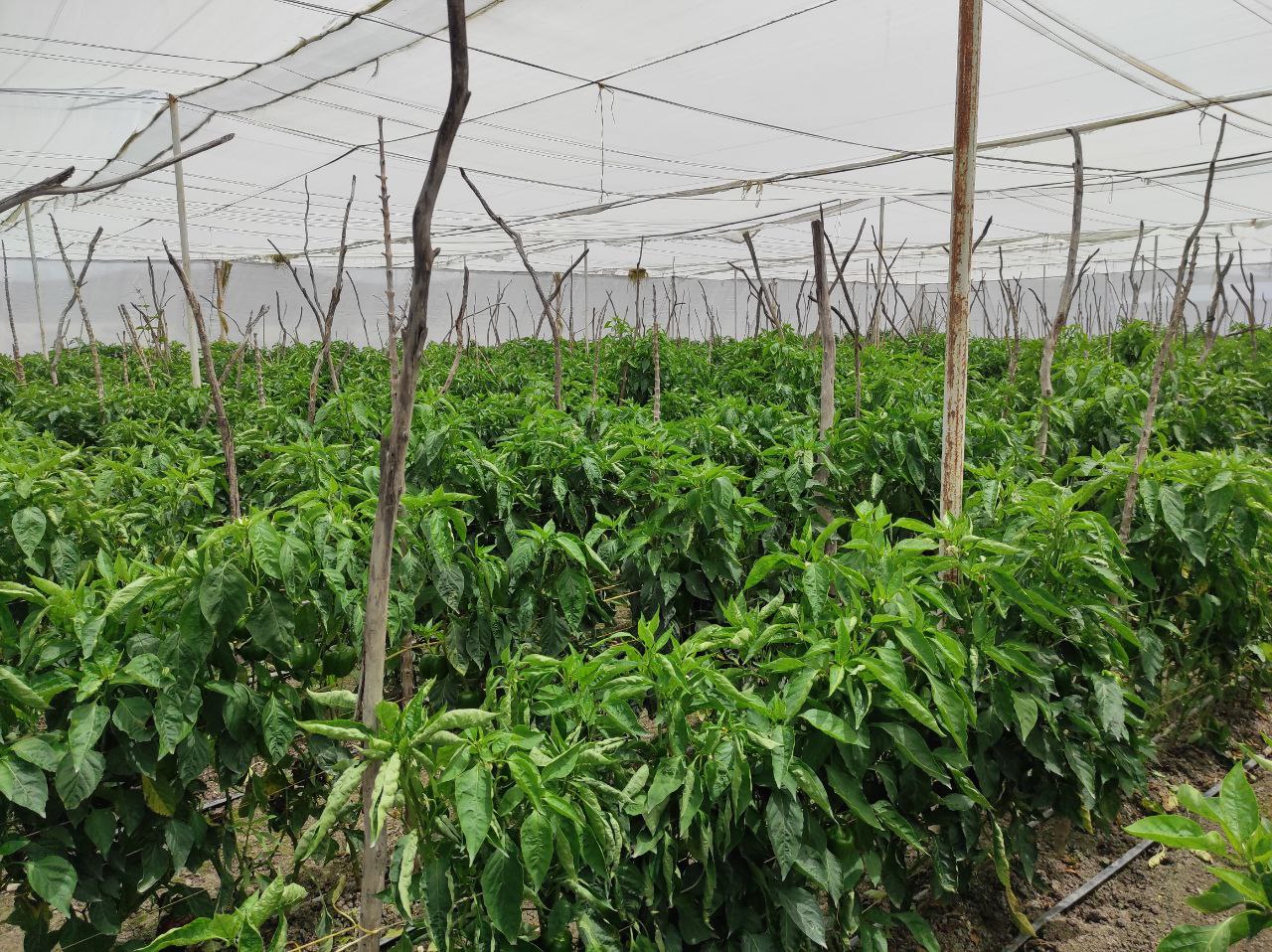
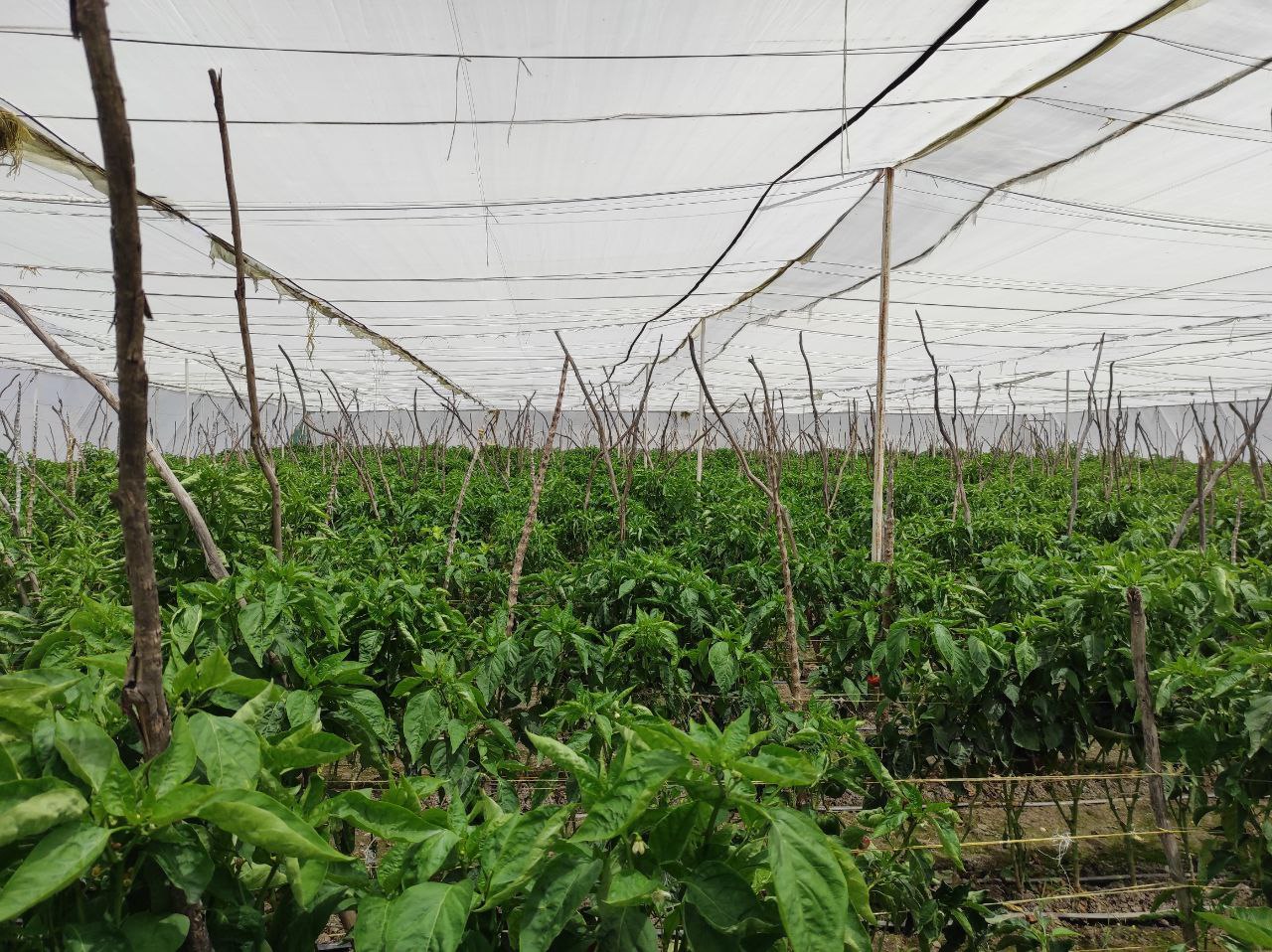
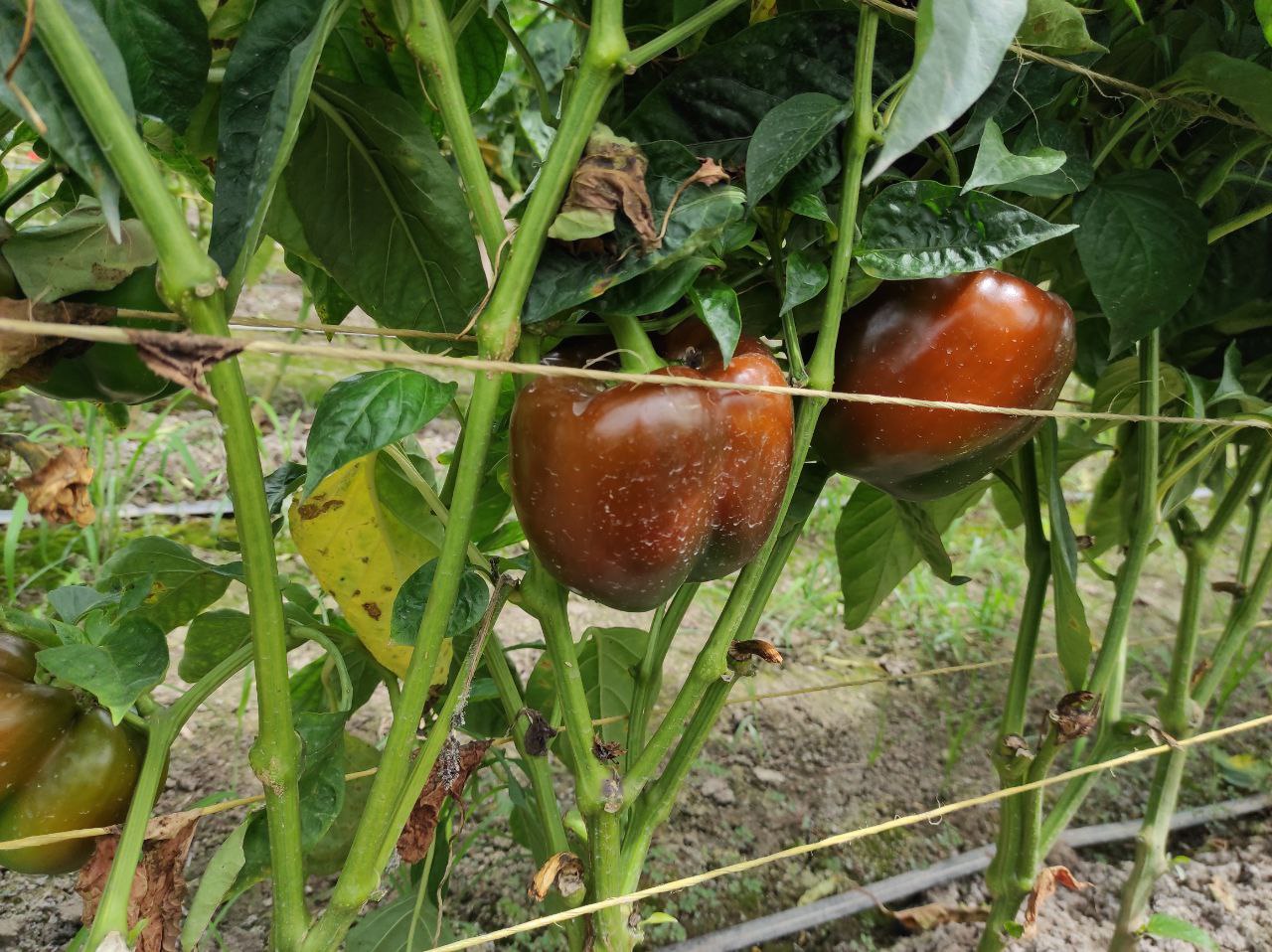
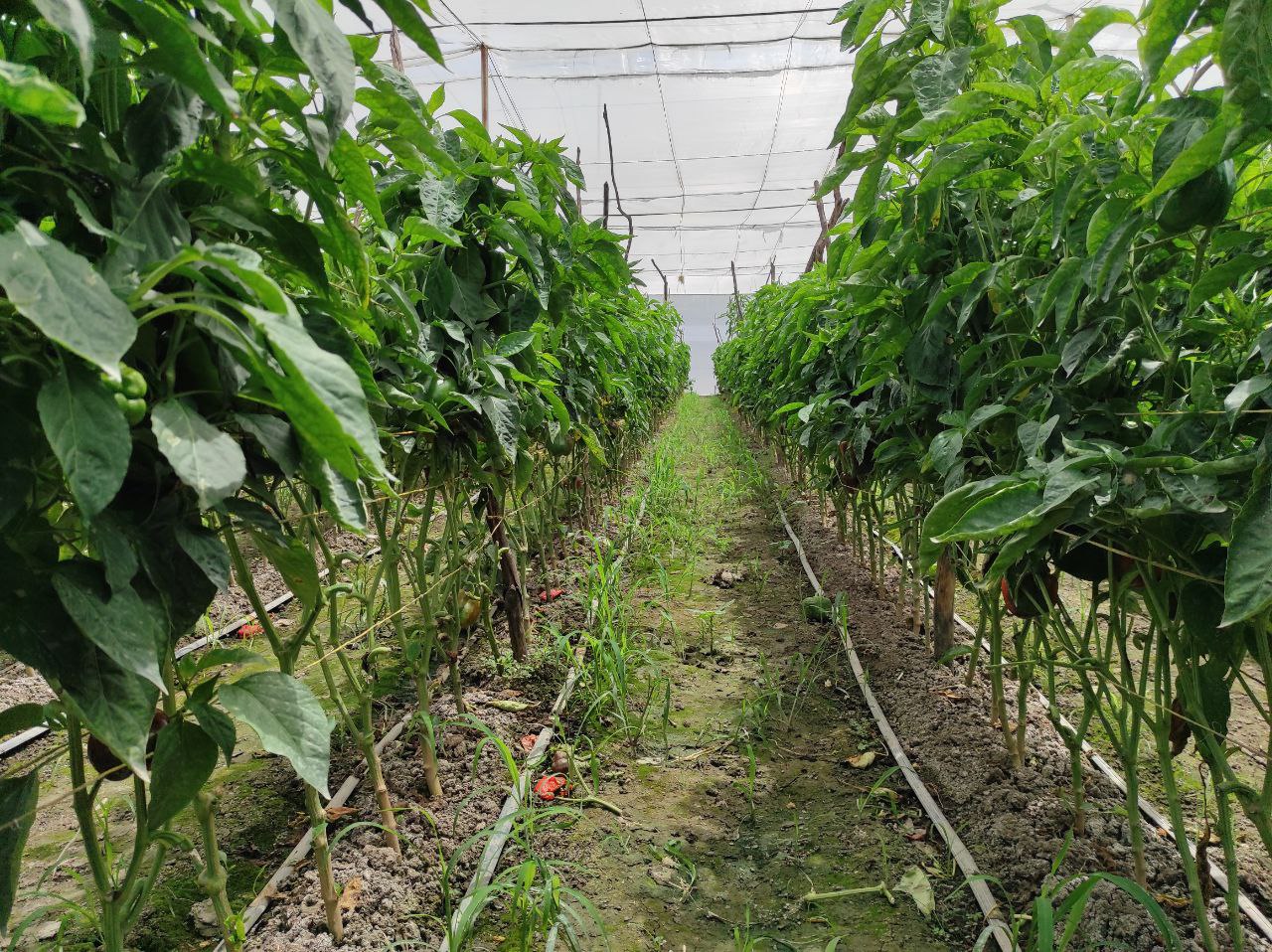
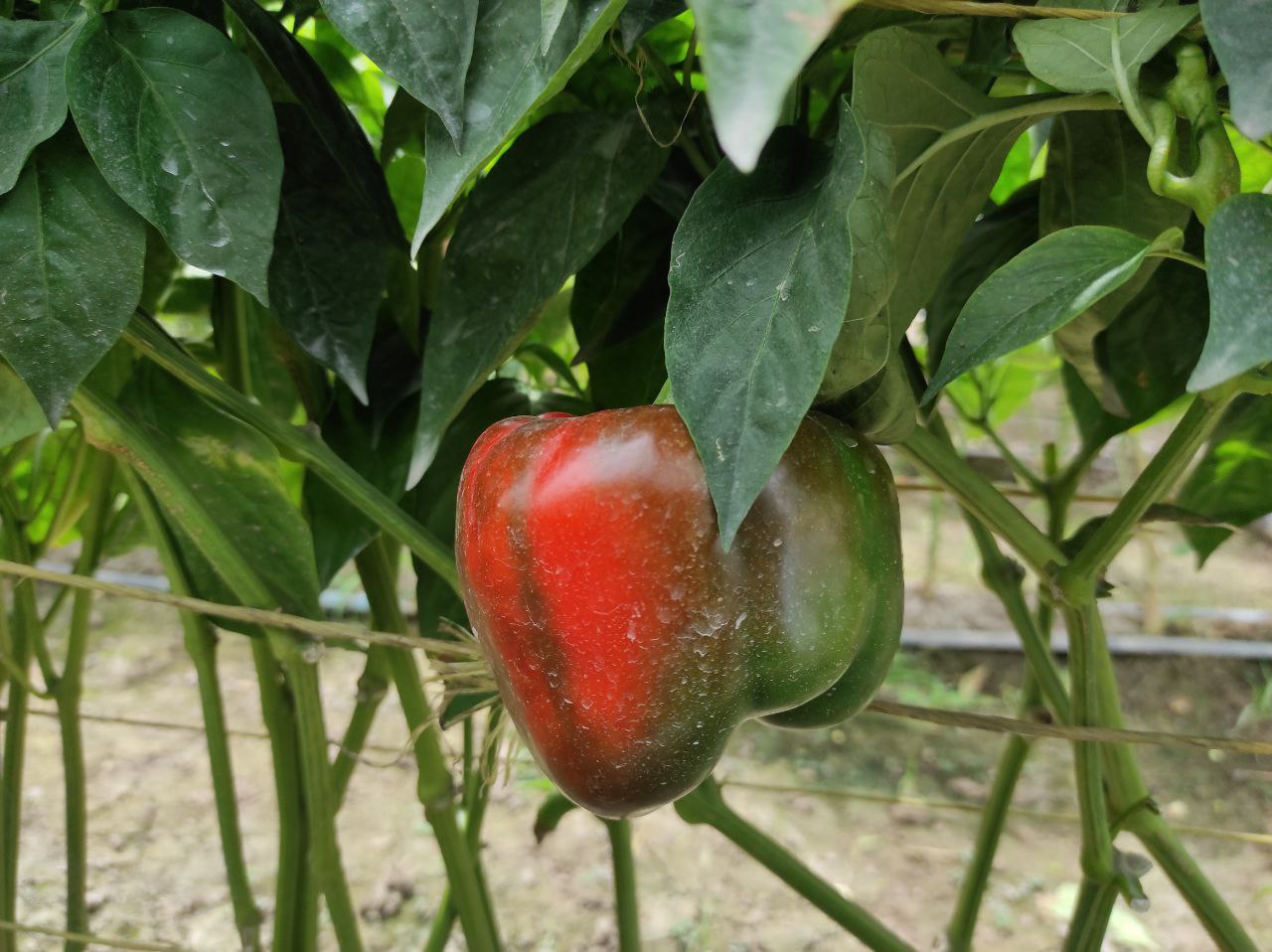
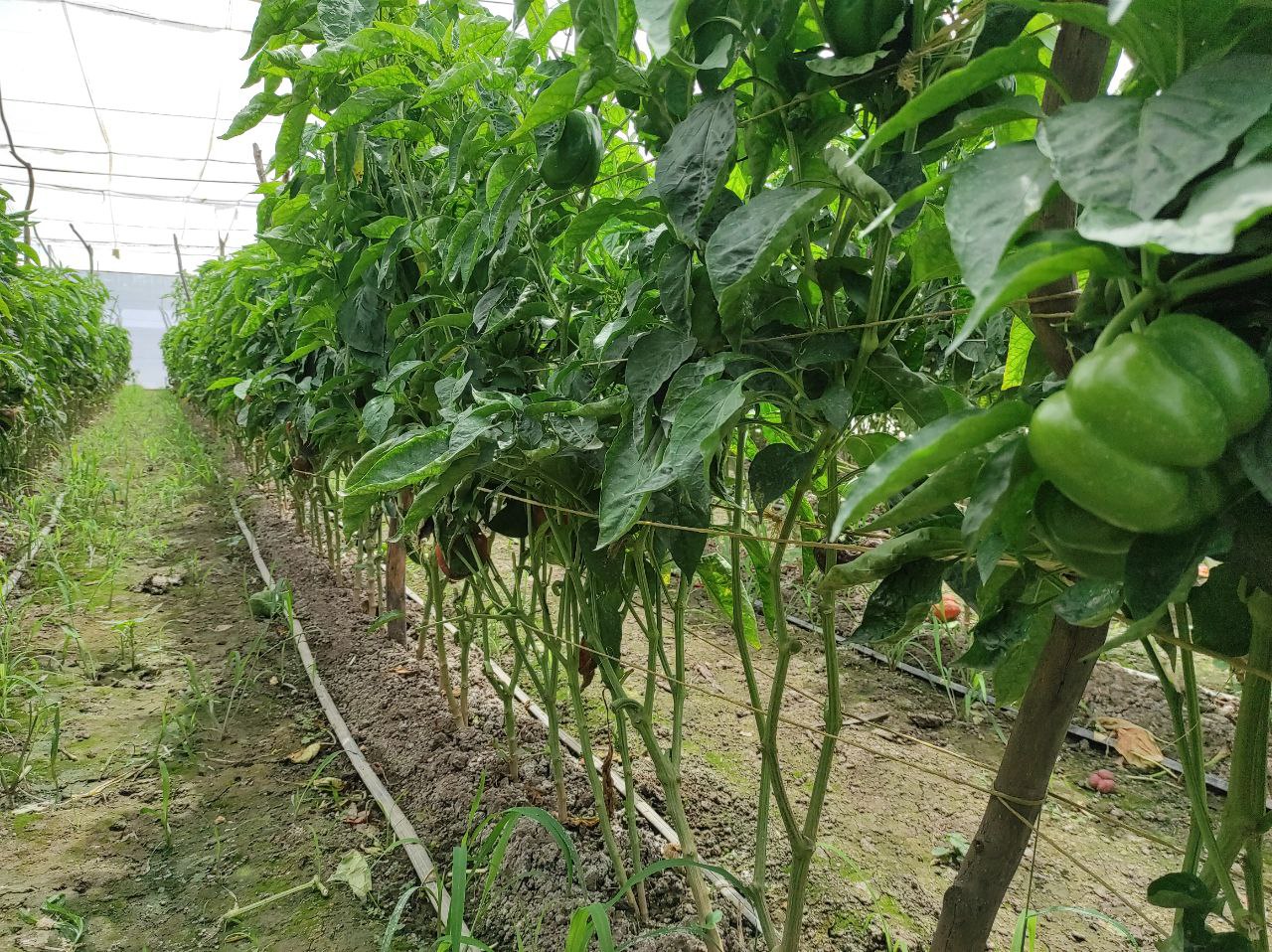
The last crop I visited was cucumber and I honestly thought I would have absolutely no idea how to recommend any product here as we have never planted cucumber to follow up. However, the question was simple, why do the leaves turn that color and have those spots?
Luckily for me, I know that the cucumber crop belongs to the cucurbitaceae family and its leaves are affected a lot by fungal diseases such as alternaria, mildew and anthracnose, all the same as the pumpkin plants that we have planted and die because of this.
Our way to combat these spots is to apply a fungicide called Curacarb, whose active ingredient is Carbendazim because it is broad spectrum, this in conjunction with a powdered fungicide called ultrafung, whose main ingredient is mancozeb, Any powder containing mancozeb is useful because both work in a systemic way and stop the pathogen, usually this happens because of the periods of rain we have and then the sunrise, make the spores are distributed faster making it advance in all plants.
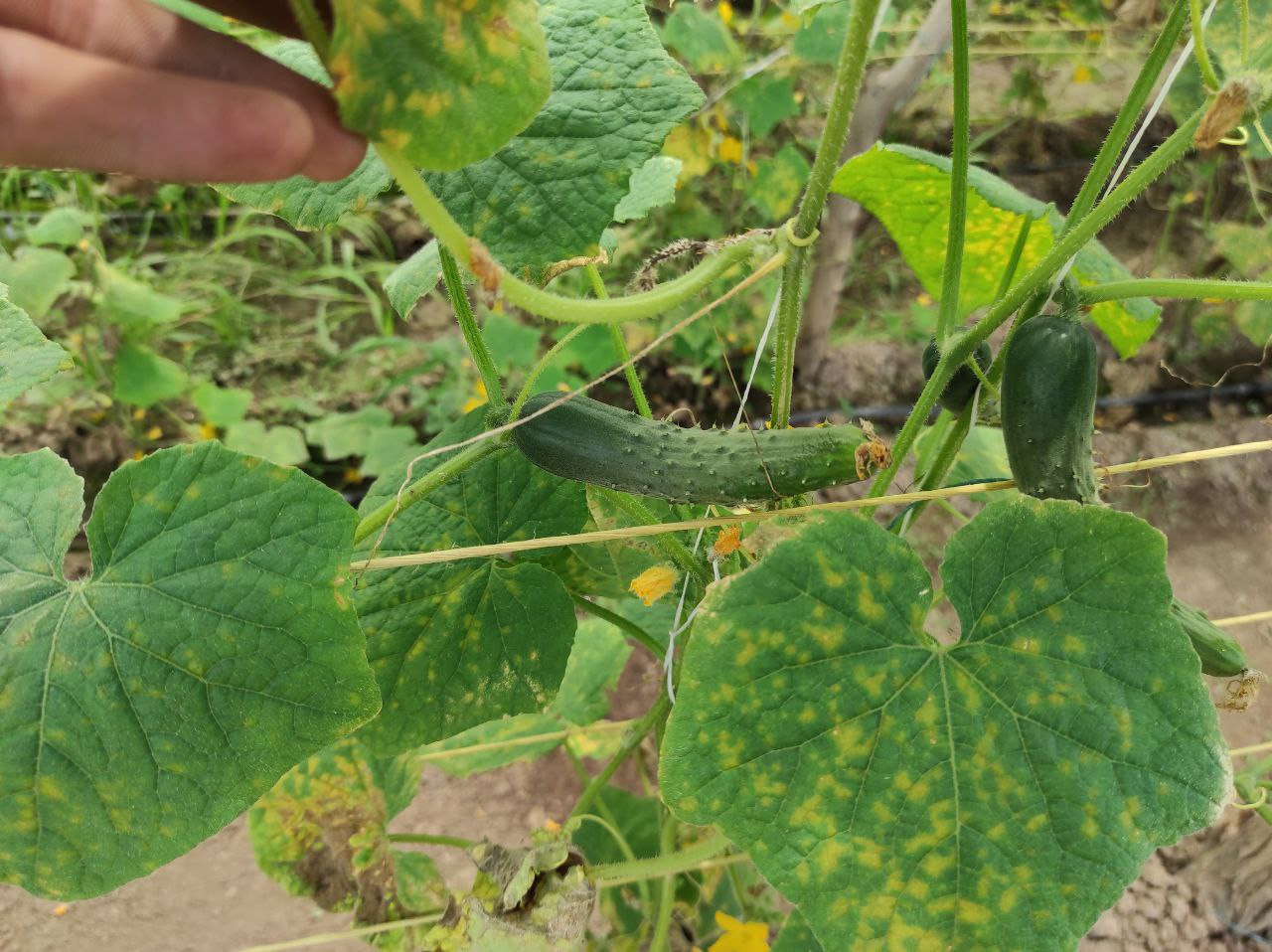
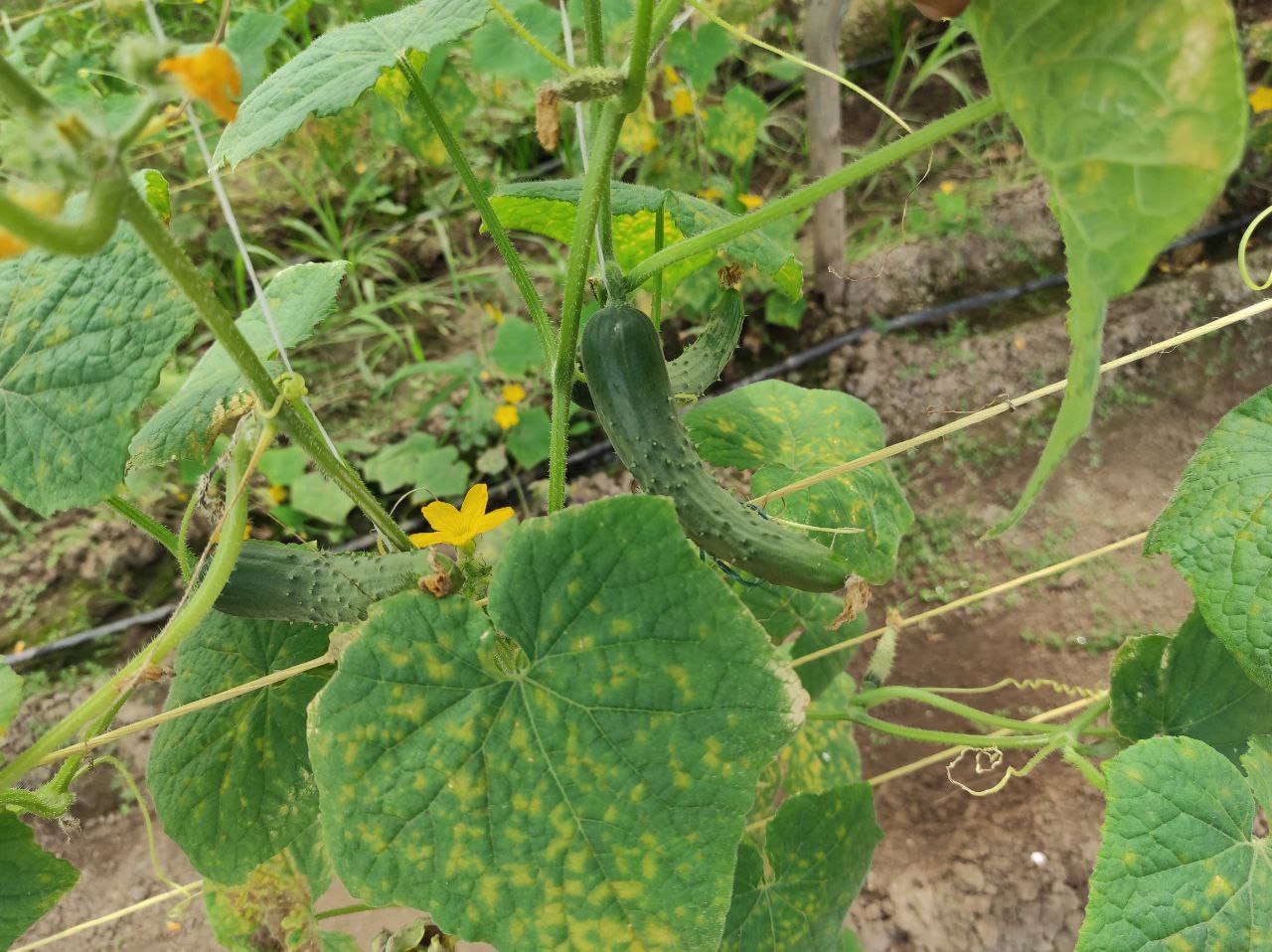
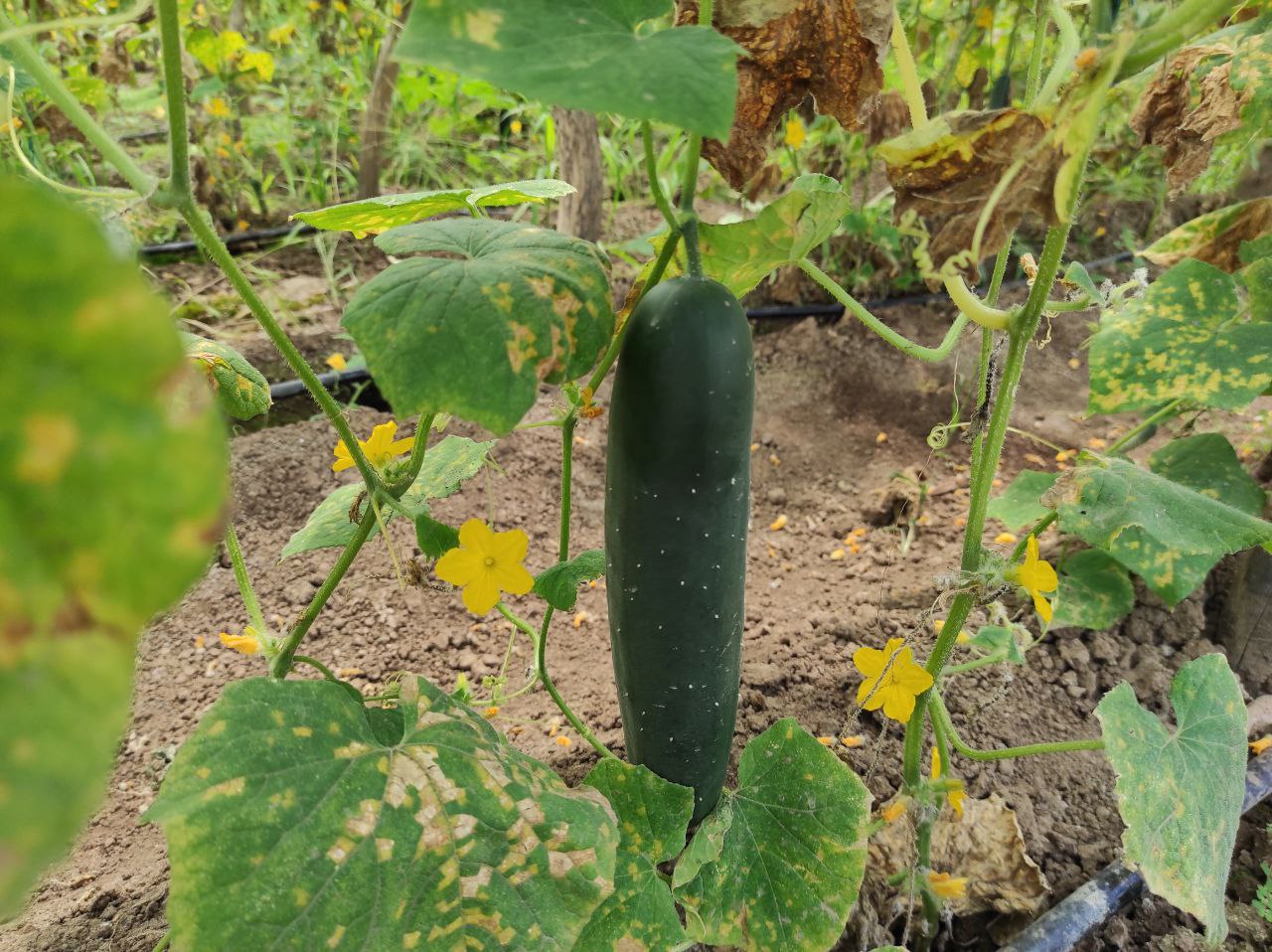

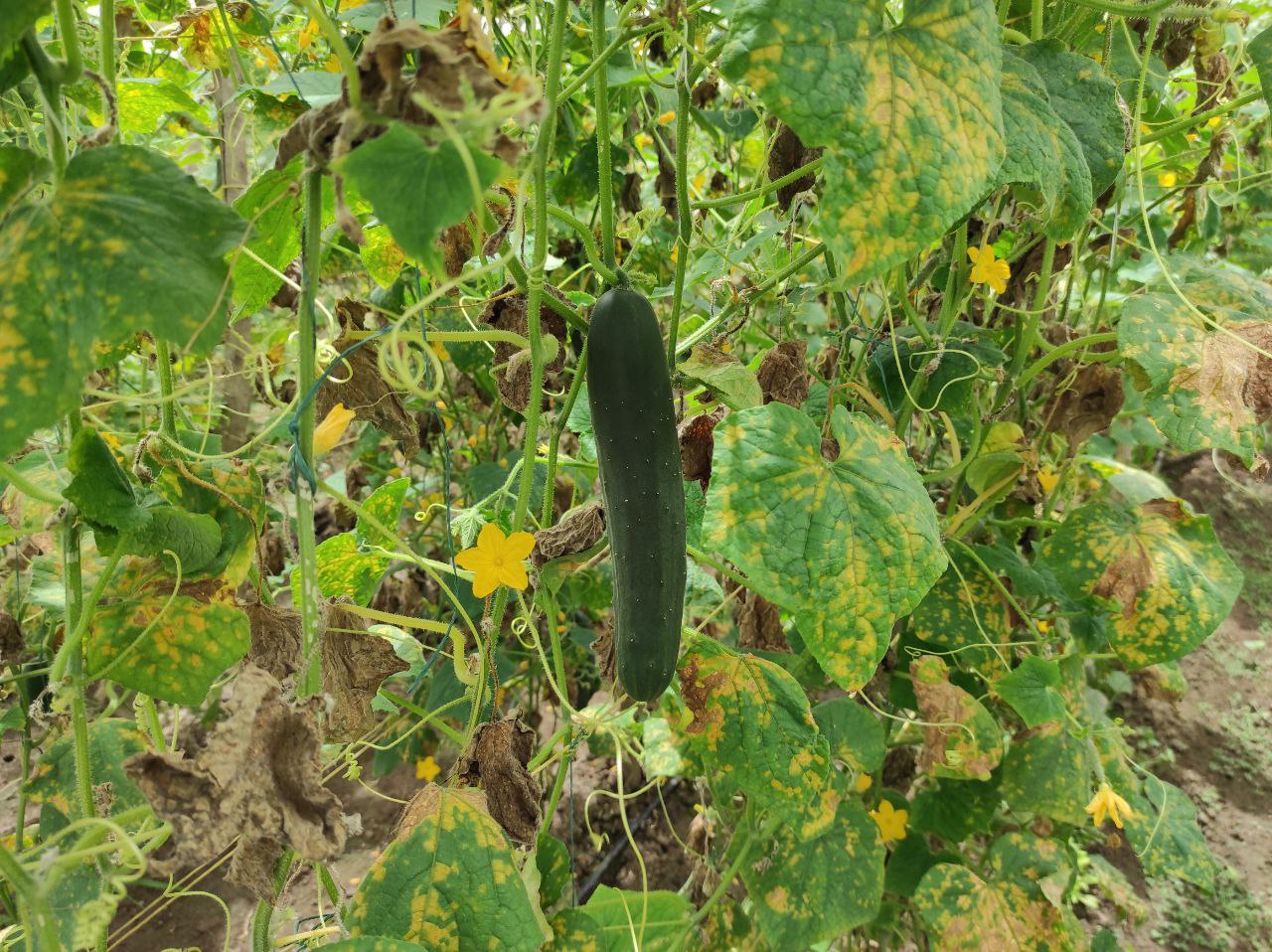

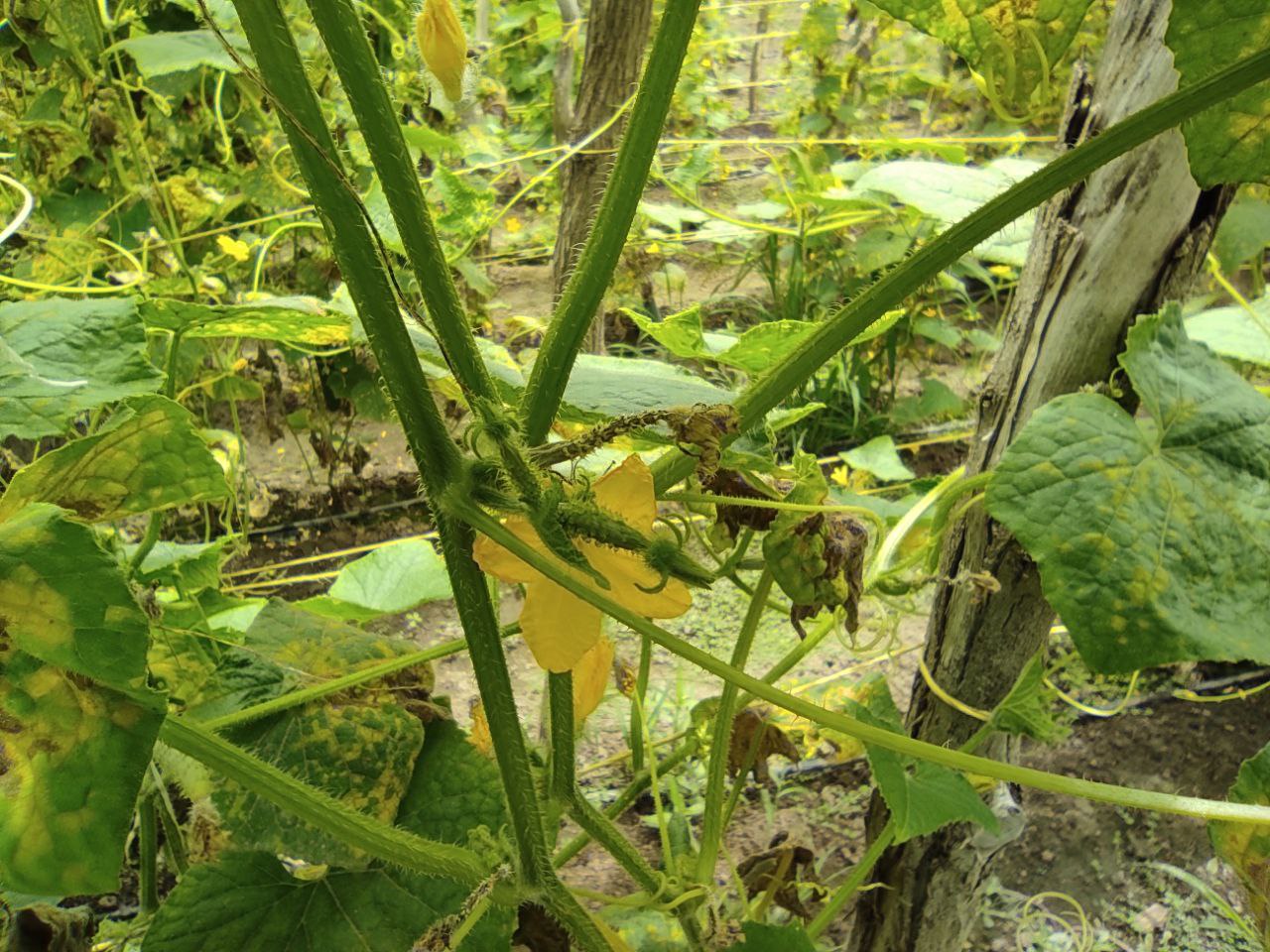
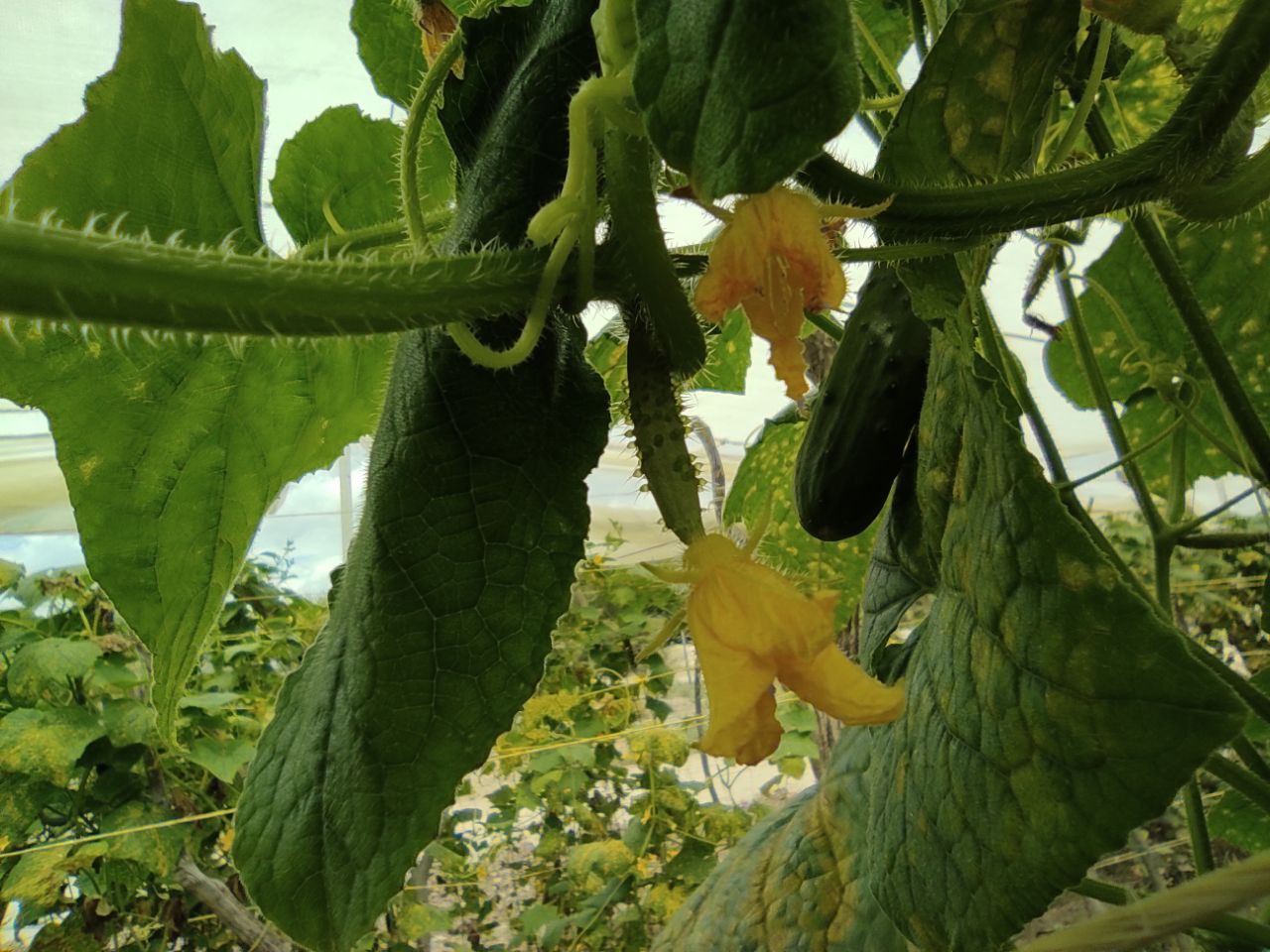
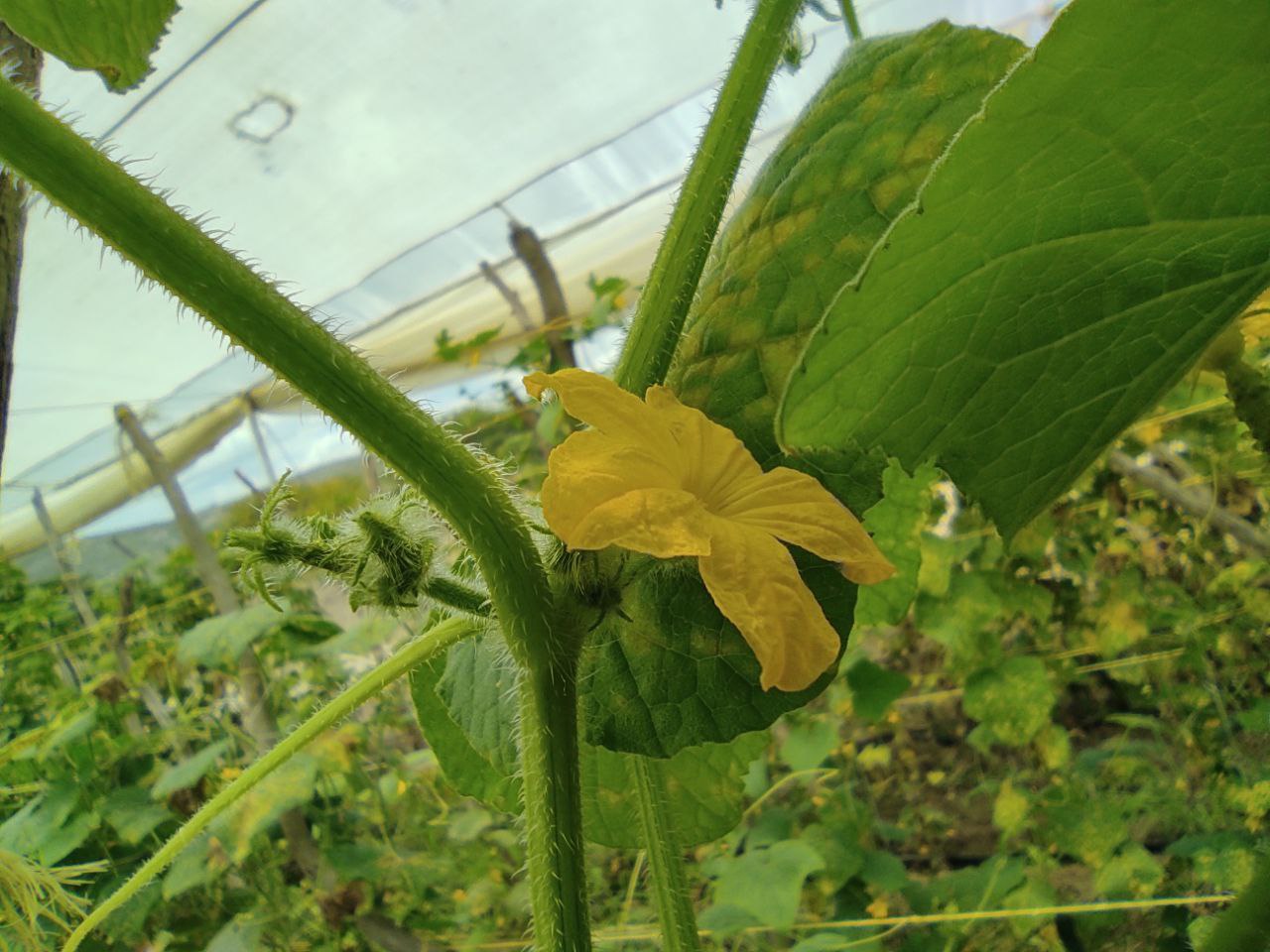
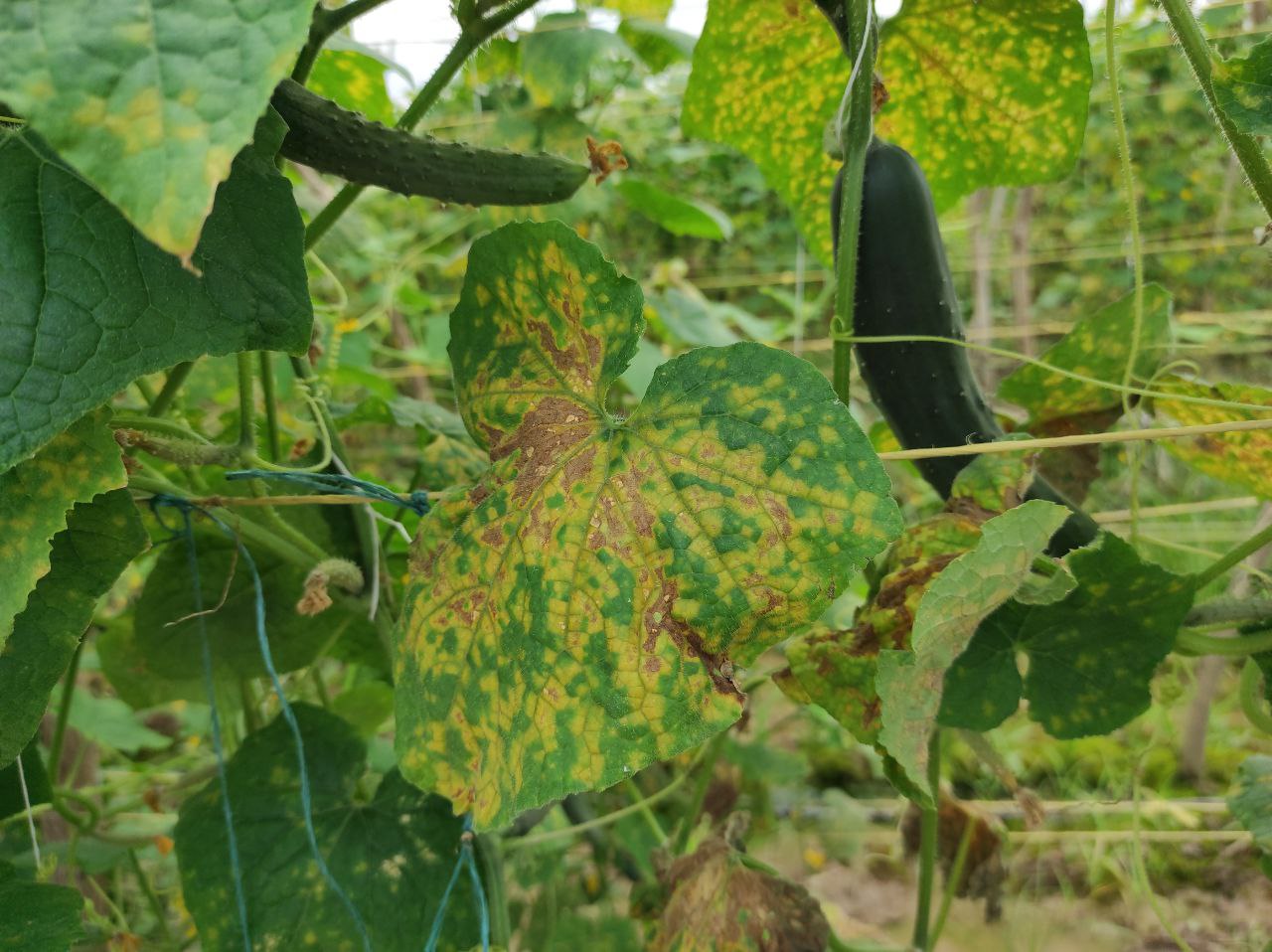
So this was my little work with some farmers in the area, although I don't know much as I mentioned before, I have researched too many things in my little time as a farmer. Being able to know which group each plant belongs to gives you the idea of how to treat it, knowing that little bit of taxonomy, as well as knowing the importance of macro elements (NPK), and micro elements, also from having read previous soil studies done at my own university to know how to combat those soil deficiencies is very useful.
So every day you learn something new and try to improve, I hope that all of them have improvements in their next crops and apply more biological and organic products to avoid soil degradation.
See you in the next one.
Versión en español.
Desde que muchos agricultores se han enterado por voces de nuestro trabajadores que estoy estudiando Ing. agronómica, han ido a pedirme consejos, lo cierto es que apenas veré materias de especialidad del segundo semestre, como Entomología, Botánica y Zoología, entre otras importantes. Así que no tengo muchos conocimientos adquiridos en la universidad aun, lo cierto es que si tengo conocimiento por experiencia previa, es decir por el tiempo que tengo trabajando en mis cultivos y por investigar por mi propia cuenta, consultar con ingenieros y técnicos que nos asesoran y obviamente corroborar esto con los ingenieros que me dictan las clases.
Por su puesto que lo poco que se lo he compartido con estos agricultores que tiene 10 veces mas tiempo que yo en el mundo de los cultivos comerciales, sin embargo no se han tecnificado mucho como yo, y no han leído para que se utiliza cada ingrediente activo de los insecticidas o fungicidas y creo que ese es su error.

El primer cultivo que vi fue una pequeña parcela de maiz, esta parcela había sido afecta por un herbicida que fue aplicado equivocadamente, ellos debían aplicar limpia maiz, pero aplicaron otro mas fuerte y que afecta la hoja del maiz, sin embargo mi recomendación fue aplicarle un poco de nitrógeno o urea y un producto orgánico foliar, en dado caso podría ser humus de lombriz o un poco de melaza y esto es par liberar del estrés a la planta, estrés que había sufrido por el herbicida.
Varias semanas después funciono a la perfección sin embargo el tamaño del maiz era pequeño en comparación a otros, pero ya las plantas tenían un verde característico y se veían muy sanas.
También les recomendé bacillus thuringiensis para combatir las larvas y gusanos, de manera de no aplicar tantos químicos, al igual que mejorar el riego, pues el maiz requiere de una cierta cantidad de agua, y el riego tradicional "inundación" debe llegar hasta las ultimas plantas para que este sea efectivo.








El hermano de unos de nuestros trabajadores tiene pimentón sembrado y solo nos dijo que fuéramos a verlo para ver que opinábamos al respecto.
Sinceramente con solo verlo no necesitamos caminar mucho para ver los frutos, tienen un color y tamaño ideales, en su primer corte obtuvo 140 cestas de 8000 plantas, lo cual es realmente un muy buen corte.
La semilla es de la marca Hazera variedad Predador de segunda, es decir f2 o familia 2, son semillas obtenidas de las plantas f1 hibridas.


La única recomendación que yo le di fue aplicar un fungicida para las manchas foliares, pues tiene presencia de Mildiu, al igual que mantener limpia el área de cualquiera maleza, recoger los pimentones que se caen y pudren, ya que allí se pueden almacenar gusanos.
Y aplicar un poco de calcio-boro de manera foliar, ya que estas tierras son carentes en estos microelementos, además que los suelos de aquí son muy salinos y esto impide la absorción ideal de las plantas.
Esta variedad de pimentón es conocida por su tolerancia a los virus que afectan en gran parte a esta zona como los son el TSWV, TYLCV entre otros. Además son muy resistentes al agua, pero sus frutos son de un tamaño mediano, sin embargo tienen gran peso.








El ultimo cultivo que visite fue el de pepino y sinceramente creí que no tendría absolutamente idea de como recomendar algún producto aquí pues jamás hemos sembrado pepino para hacerle un seguimiento. Sin embargo la pregunta fue sencilla, ¿Por que las hojas se tornan de ese color y tienen esas manchas?
Para mi suerte, se que el cultivo de pepino pertenece a la familia de las cucurbitáceas y sus hojas son afectadas mucho por enfermedades fúngicas como la alternaría, el mildiu y la antracnosis, todo igual a las plantas de calabaza que hemos sembrado y mueren a causa de esto.
Nuestra manera de combatir estas manchas es aplicando un fungicida llamado Curacarb, cuyo ingrediente activo es el Carbendazim ya que es de amplio espectro,esto en conjunto con un fungicida en polvo llamado ultrafung, que su ingrediente principal es mancozeb, cualquier polvo que contenga mancozeb es útil ya que ambos trabajan de manera sistema y detienen el patógeno, usualmente esto ocurre por los periodos de lluvia que tenemos y luego la salida del sol, hacen que las esporas se distribuyan mas rápido haciendo que avance en todas las plantas.










Así que esta fue mi pequeña labor con algunos agricultores de la zona, aunque no se mucho como lo mencione antes, he investigado demasiadas cosas en mi pequeño tiempo como agricultor. El poder conocer a que grupo pertenece cada planta te da la idea de como tratarla, saber esa pequeña parte de la taxonomía, al igual que saber la importancia de los macro elementos (NPK), y los micro elementos, también de haber leído estudios anteriores de suelos hechos en mi propia universidad para saber como combatir esas carencias de los suelos es muy útil.
Por lo tanto cada día se aprende algo nuevo y se intenta mejorar, espero que todos ellos tengan mejoras en sus próximos cultivos y que apliquen mas los productos biológicos y orgánicos para evitar la degradación de los suelos.
Nos vemos en la próxima.
The age of growing, let’s go!🌳🌳🌳
Congratulations, your post has been upvoted by @dsc-r2cornell, which is the curating account for @R2cornell's Discord Community.
Enhorabuena, su "post" ha sido "up-voted" por @dsc-r2cornell, que es la "cuenta curating" de la Comunidad de la Discordia de @R2cornell.
muchas gracias @Blessed-girl
Buenas. Su post ha sido propuesto para ser votado a lo largo del día por el witness @cervantes. Un saludo
muchísimas gracias por el apoyo, saludos.